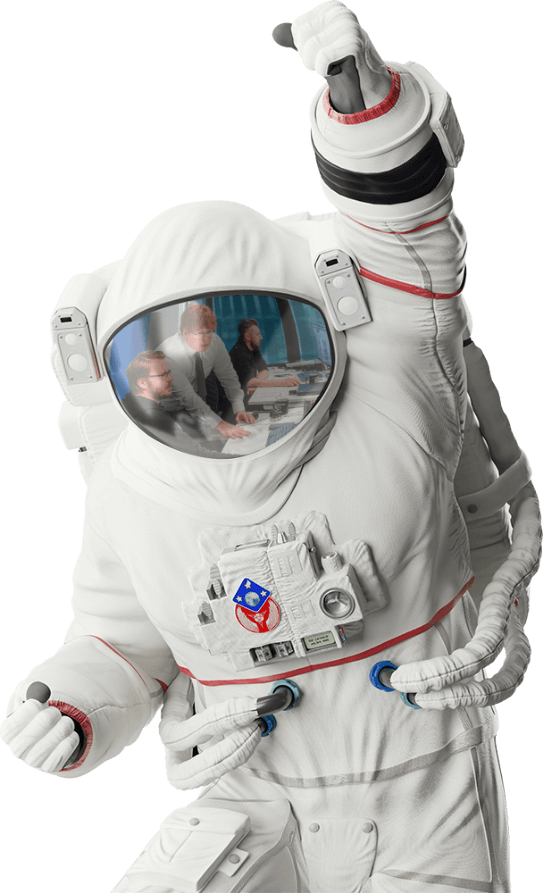
Thiago Benvegnú, Hardware Engineer: "I have already learned a lot from my colleagues"

Brazilian hardware engineer Thiago Benvegnú joined Skeleton's electrical engineering team in Tallinn this June.
What did you study and why did you choose that field?
I studied Electrical engineering and Applied computing at the University of Passo Fundo. I’ve always wanted to create things and I found in electronics an amazing world for inventing. Nowadays I know that working with electronics encompasses much more than inventing new crazy things but is important to keep these dreams in mind.
What did you do before joining Skeleton?
I mostly worked with telemetry devices, tracking systems, and IoT devices for vehicles, creating solutions to improve drivers’ skills, fleet management, and safety against robbery.
How did you find out about Skeleton?
A friend introduced me to a website with job vacancies in Estonia. While browsing this site I found an open position at Skeleton – the company’s purpose and the technology developed here seemed very interesting.
Before, I was working in companies focused on improving logistics. The chance to work on energy storage impacted my decision to relocate to Estonia since using energy more efficiently can improve people's lives in so many ways and it’s one of the most important global challenges right now.
Curved graphene capacitors made me very curious, and I consider them to be the king of the technologies that will open big doors for new products.
What’s the best part of working at Skeleton?
I've been working here only for a short time, but so far, I’ve really connected with our values, especially "Push Boundaries" which drives personal evolution. I have already learned a lot from my colleagues and from the challenges we are facing.
What are your main responsibilities?
My job is to develop quality electronics and focus on their good functioning, ease of production, and scale, meeting the required standards with costs that allow us to be interesting to customers.
Currently, I'm working on a supercapacitor module design. It started with learning how the supercapacitors behavior and what are the main differences regarding other technologies, analyzing the main risks and standards we need to be compliant with. Next, we'll start with the design process itself choosing components, designing schematics and PCB, followed by the development of testing and manufacturing processes.
A good thing about Skeleton is that the engineers are experienced and they’re always participating in the design process. I`m learning a lot from them.
What’s the most interesting part of the work for you? Which tasks make your eyes spark?
What I like most is the practical electronics and PCB design; prototyping, testing, and the development of new solutions to reduce costs and simplify processes. The path can be challenging – having to face lots of issues and unexpected situations is common – but in the end, delivering a reliable and efficient solution is worth it.
What do you like to do in your time off?
I like sports such as volleyball and football. I enjoy dancing, playing and listening to music, going out to discover new places and meeting people. Having long conversations about nothing with friends is the best.
What has the relocation process been like? What do you like about living in Estonia? What has been difficult to get used to?
The relocation process is going smoothly, colleagues have been very helpful. So far, living in Estonia has been very good. I haven't seen other cities yet, but Tallinn has a lot of cool places, lots of nature and it's a very safe place. The hardest part for me is the language and communication. I feel that a lot of culture and expression is lost when we converse in another language, so it will be important to learn Estonian.





